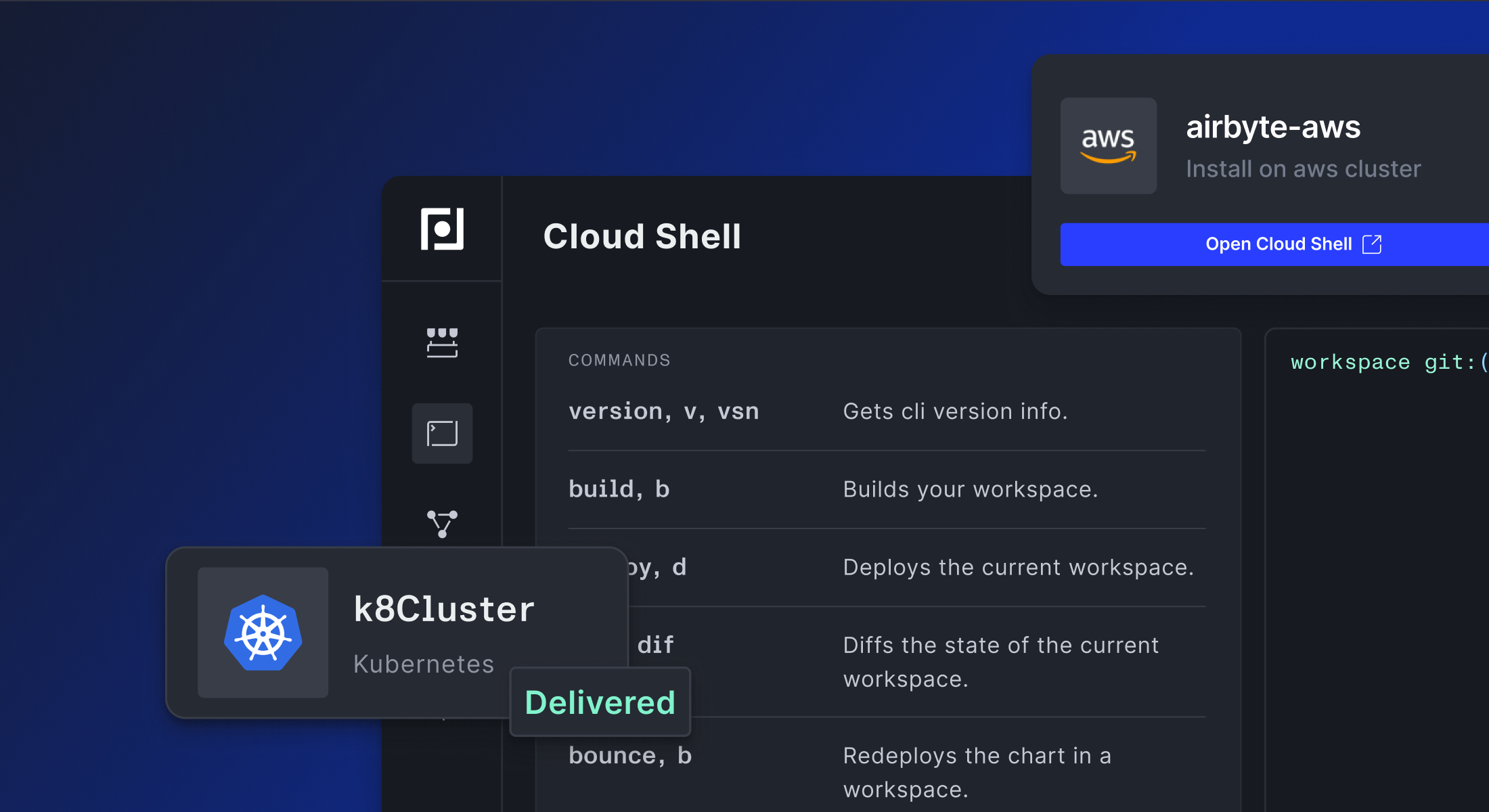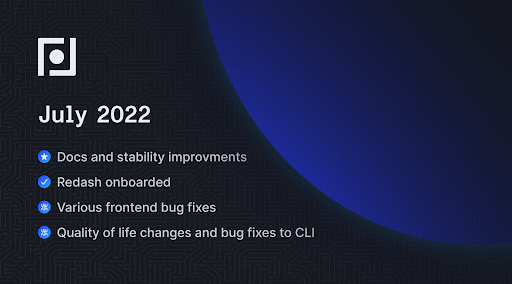Yet Another DevOps Newsletter Volume 3
Welcome back to the third edition of the Plural Monthly Newsletter, YADN! Every month, you’ll get content about all things cloud-native DevOps, as well as useful content from experts in the open-source/Kubernetes communities.
Table of Contents
Welcome back to the third edition of the Plural Monthly Newsletter, YADN!
Every month, you’ll get content about all things cloud-native DevOps, as well as useful content from experts in the open-source/Kubernetes communities. We’ll also give you a quick update on what’s been going on at Plural.
If you see a piece of content that you like and want to have included in our monthly recap, please reach out to us. We’re an open-source company and we prioritize content from our community. Join us on Discord to stay up to date with what we are working on.
Thanks!
P.S. We'll be hosting our biweekly product demo this Thursday, August 4th, 2022 at 12:00 PM (ET). We'll be demoing some of the latest apps we have onboarded and will go over our roadmap for August and the rest of the quarter.
Sign up here: https://app.livestorm.co/pluralsh/demo-day
Cloud-Native DevOps
Check out the latest product release from lakeFS. Highlights include templating capability in the lakeFS web server and OIDC support to manage lakeFS users externally.
If you are a GitLab user or in the process of evaluating GitLab, you should know about some platform changes they made recently. One of the key improvements is the release of live preview diagrams in the wiki WYSIWYG editor. As you write your diagram in a specialized code block, GitLab will detect the type of diagram and then display a preview, ensuring that it’s the right format and the output is what you expect. Check out the rest of the release below.

Our CTO and Co-Founder Michael Guarino discusses the motivation behind a cloud shell and the underlying architecture of the cloud shell as well. The founding team heavily relied on elixir to build the cloud shell. Check out Michael’s latest below.

Open-Source Space
In this article, the author assembled ngods (next-generation open-source data stack) as a potential open-source data stack for companies that deal with data anywhere from a few GBs to a few hundred. During the past few months, he already found it to be much cheaper than cloud data stacks that utilize usage-based pricing (e.g., Snowflake, Redshift, BigQuery). The author was kind enough to share a Github repository and demo of the project for you to get started with today. Check it out: https://github.com/zsvoboda/ngods-stocks

Contributing to an open-source project for the first time can feel like an intimidating task. However, if it’s a product that your organization is already utilizing and you are a heavy user of the software yourself, it’s a win-win for everyone involved. You improve the open-source project and also help your organization along the way. Check out the latest from the Wix engineering team.
We often get asked why companies should build and operate an open-source data stack on Kubernetes. To help organizations get started we created a guide to building and operating their open-source data stack on Kubernetes. In Michael’s article, you’ll learn about some of the most common open-source tools to choose from at each layer of the data stack, why you should self-host your data stack, the challenges in doing so, and how to overcome them.

Product Updates
Here’s what we have been up to the past month.

If you love what we’re doing and want to join our team, head over to our careers page! If you don’t see your role there, we'll make it work. Head over to our community Discord to start the conversation!
If you haven’t already, check out the project on GitHub (drop us a star if you’re feeling generous), and stay up to date with what we’re up to on our Twitter account.
Newsletter
Be the first to know when we drop something new.











